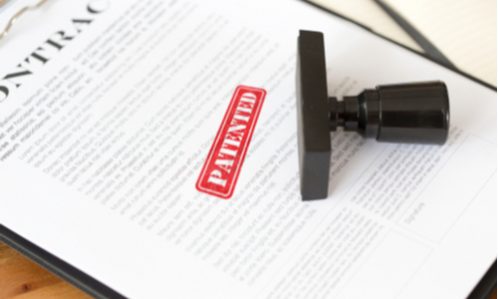
By: David Kleban & Jake Walter-Warner (Antitrust Update)
There have been several developments since we last wrote about Intel and Apple’s suit against Fortress and several of its so-called “patent assertion entities” (collectively, “Fortress”) based on the allegedly anticompetitive practice of patent “aggregation.” Recall that the plaintiffs’ first amended complaint was dismissed without prejudice in January 2021 because Judge Chen of the U.S. District Court for the Northern District of California found that certain of the alleged product markets were too broad and that the complaint lacked adequate allegations of Fortress’s market power in any of those markets. The court held that plaintiffs did not sufficiently allege that Fortress was charging supracompetitive prices to license its patents, or that there were no substitute patents that could be licensed instead of Fortress’s patents.
In an attempt to address these deficiencies, Apple and Intel filed a second amended complaint on March 8, which included a new section titled “Defendants’ Assertions of Portfolios Encompassing Substitute Patents.” Intel and Apple alleged that “the precise details regarding the settlement terms and royalties paid to Defendants are not publicly available” and therefore details about the “supracompetitive royalties” Fortress has charged “can only be obtained through discovery.” The plaintiffs noted, though, that the aggregation of patents permitted Fortress to extract supracompetitive royalties because the portfolios are comprised of both substitute and complementary patents and therefore “eliminate alternatives” plaintiffs could otherwise try to license. To further demonstrate that it is the aggregation that is causing harm, plaintiffs pled that before the patents were acquired by Fortress, they had never been asserted, and Fortress was able to obtain them at a low cost that is greatly exceeded by the amount it is now demanding in royalties. According to plaintiffs, the fact that these patents are being asserted only now that they have been aggregated with related patents shows that the aggregation itself enables Fortress to demand supracompetitive profits.
On April 26, Fortress filed a motion to dismiss in which it argued, inter alia, that plaintiffs’ product markets are still insufficiently defined and that plaintiffs failed to adequately plead it charged supracompetitive royalties or that substitute patents were unavailable. Plaintiffs’ opposition, filed on June 14, asserted that the new allegations in their second amended complaint cured any previous defects…
Featured News
UK Antitrust Regulator Signals Flexibility in Merger Reviews to Boost Economic Growth
Nov 21, 2024 by
CPI
US Supreme Court Declines to Hear Appeal in Google Antitrust Records Dispute
Nov 21, 2024 by
CPI
Matt Gaetz Withdraws from Consideration for US Attorney General Amid Controversy
Nov 21, 2024 by
CPI
Morocco Fines US Pharma Firm Viatris Over Merger Notification Breach
Nov 21, 2024 by
CPI
FCC Chairwoman Rosenworcel Announces Resignation
Nov 21, 2024 by
CPI
Antitrust Mix by CPI
Antitrust Chronicle® – Remedies Revisited
Oct 30, 2024 by
CPI
Fixing the Fix: Updating Policy on Merger Remedies
Oct 30, 2024 by
CPI
Methodology Matters: The 2017 FTC Remedies Study
Oct 30, 2024 by
CPI
U.S. v. AT&T: Five Lessons for Vertical Merger Enforcement
Oct 30, 2024 by
CPI
The Search for Antitrust Remedies in Tech Leads Beyond Antitrust
Oct 30, 2024 by
CPI